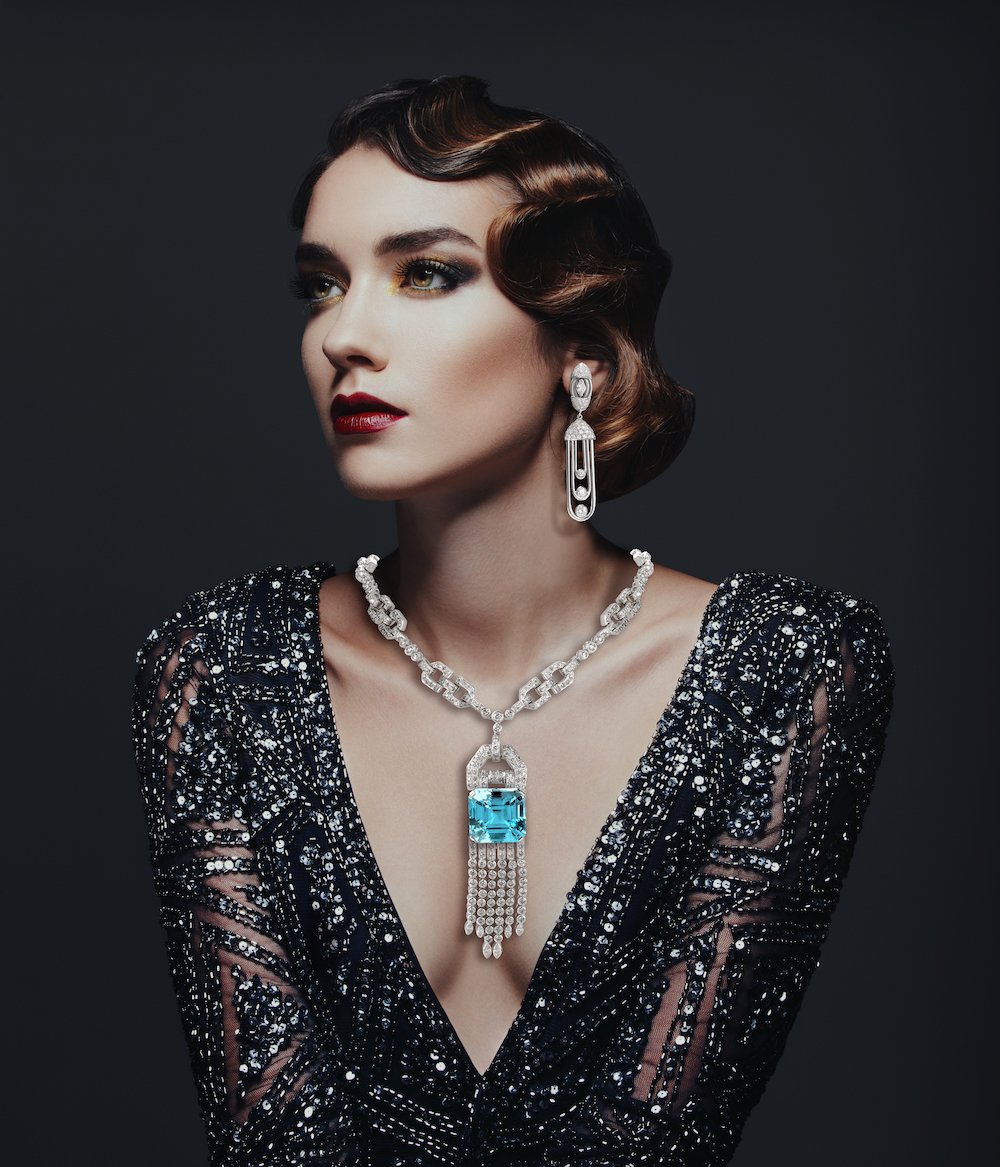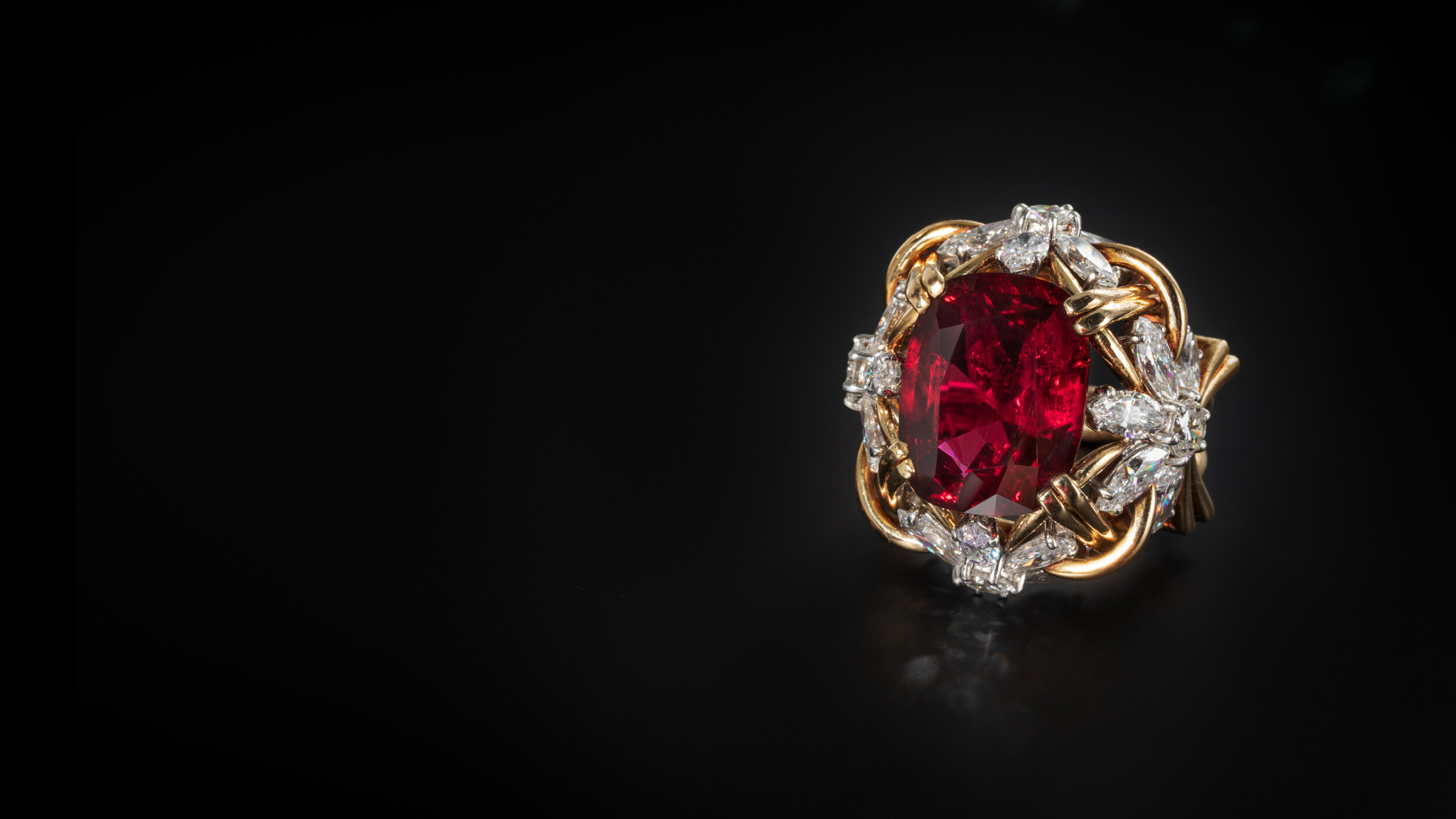Estate Jewelry Buyers Near Me: Tips for Finding Reputable Buyers in Your Area
Estate Jewelry Buyers Near Me: Tips for Finding Reputable Buyers in Your Area
Blog Article
Reveal the Rich Background Behind Stunning Estate Precious Jewelry Collections
The exploration of estate precious jewelry collections uses a special window right into background, revealing the intricate partnership between craftsmanship and social development. What secrets might these collections still hold?
The Beginnings of Estate Fashion Jewelry
Just how did estate precious jewelry concerned personify the rich background and virtuosity of lost eras? The beginnings of estate fashion jewelry can be mapped back to different periods of workmanship, where jewelry was not just an accessory yet a representation of societal values, technological innovations, and creative expressions. Each item narrates, typically connected with the lives of their previous proprietors, enveloping personal stories together with historic contexts.
The term "estate precious jewelry" generally describes pre-owned pieces, commonly from significant ages such as Victorian, Art Nouveau, or Art Deco. These items were developed with meticulous interest to information, showcasing the ability of craftsmens who utilized materials like gold, silver, and priceless gems. Unlike modern jewelry, estate pieces commonly include one-of-a-kind designs that highlight the aesthetic appeals of their time, hence working as tangible links to the past.

Significant Style Eras
Throughout background, numerous significant style eras have actually dramatically affected the development of estate jewelry, each identified by distinctive styles, materials, and social contexts. The Georgian age (1714-1837) marked the start of complex styles, frequently including nature-inspired themes and making use of products like gold, silver, and gemstones embeded in intricate setups. Following this, the Victorian era (1837-1901) introduced romantic motifs, with emotional jewelry and cutting-edge methods such as the use of enamel and cameos.
The Art Nouveau duration (1890-1910) celebrated natural forms and the charm of nature, making use of materials like opals and pearls in streaming designs. This was succeeded by the Art Deco era (1920-1939), which welcomed geometric patterns, strong shades, and extravagant materials such as platinum and rubies, reflecting the modernist spirit of the moment.
The Mid-Century Modern era (1940-1960) showcased structured designs and using unconventional products, emphasizing minimalism and performance. Each of these eras not only mirrors the creative activities of their time but likewise encapsulates the societal worths and technological improvements that shaped precious jewelry style, making them a remarkable subject for historians and collection agencies alike.

Famous Estate Precious Jewelry Collections
The rich history of estate precious jewelry is beautifully exemplified by a number of prominent collections that showcase the artistry and craftsmanship from different layout ages. One of the most well-known is the Cartier Collection, which mirrors the deluxe and innovation of the renowned French jeweler. Pieces from this collection commonly include intricate styles and beautiful gemstones, highlighting the brand name's dedication to great workmanship.
An additional notable collection is the Duchess of Windsor's precious jewelry collection, which consists of numerous distinct items, consisting of the legendary "Windsor" arm band. This collection not just exhibits the style of the Art Deco duration yet additionally brings an abundant narrative of love and loss, as it belonged to Wallis Simpson, who famously wed Edward VIII.
The collection of the late starlet Elizabeth Taylor additionally attracts attention in the world of estate fashion jewelry. With many pieces developed by popular jewelers like Bulgari and Cartier, her collection embodies prestige and refinement, emphasizing her individual style and affinity for one-of-a-kind gems.
These popular estate fashion jewelry collections work as a testimony to the long-lasting appeal of fine precious jewelry, supplying insight into the artistic and social activities that shaped their creation.
The Social Importance
Estate jewelry collections hold extensive cultural significance, mirroring not only the visual worths of their respective periods however also the historical and social contexts in which they were developed. Each item frequently personifies the craftsmanship and artistic patterns of its time, showcasing the evolution of layout and innovation in precious jewelry making.
In addition, these collections serve as substantial links to social practices and rituals. For instance, wedding celebration bands and heirloom breastpins may represent love and domestic bonds, while pieces embellished with particular gems can represent local or social identifications. The products utilized-- whether gold, silver, or valuable rocks-- typically inform tales of trade, exploration, and the wide range accumulation of societies.
In addition, estate precious jewelry can function as historical artefacts, giving insights into the lives of individuals and the social standards they browsed. The means jewelry was used and valued can expose much concerning sex roles, status, and personal expression within varying cultural landscapes. Therefore, estate precious jewelry goes beyond plain ornamentation, serving as a rich narrative of human experience, creativity, and social heritage, welcoming modern target markets to involve with the past in a purposeful means.
Caring for Your Estate Pieces
Caring for estate precious jewelry items needs a thoughtful method to ensure their long life and protect their distinct characteristics. Constantly clean estate jewelry making use of a soft, lint-free fabric after each wear to remove oils and dust.
Storage is equally crucial; store items individually in a fabric-lined box to stop tangling and scratching. Take into consideration utilizing anti-tarnish pouches or towels for silver products, as this aids to decrease the tarnishing procedure. Additionally, stay clear of exposing precious jewelry to extreme dampness, extreme temperature levels, or direct sunshine, which can adversely influence gemstones and steels.
Normal assessments are vital. Inspect for loosened rocks, used clasps, or harmed settings, and look for specialist repair work when required. Consulting a jewelry expert experienced in vintage or antique pieces can provide specific care choices. By applying these methods, enthusiasts can preserve their estate fashion jewelry's aesthetic and historic worth, guaranteeing these items remain to be cherished for generations to find.
Verdict
In verdict, the exploration of estate jewelry collections exposes a tapestry of creative expression and social value, mirroring the worths and aesthetic appeals of numerous historic durations. When owned them, each piece serves as a testament to remarkable craftsmanship and the narratives of those who. Comprehending the beginnings, style ages, and significant collections improves recognition for these artefacts, highlighting their function in protecting cultural heritage and encouraging ongoing estate jewelry austin stewardship and look after these exceptional prizes.
The expedition of estate fashion jewelry collections provides a distinct window right into background, exposing the elaborate relationship between workmanship and social development. The origins of estate fashion jewelry can be traced back to various durations of workmanship, where fashion jewelry was not merely an accessory yet a representation of societal values, technical improvements, and creative expressions.The term "estate jewelry" commonly refers to secondhand items, frequently from significant periods such as Victorian, Art Nouveau, or Art Deco.The rich history of estate precious jewelry is magnificently exemplified by numerous distinguished collections that showcase the creativity and craftsmanship from numerous design periods.In final thought, the expedition of estate fashion jewelry collections reveals a tapestry of imaginative expression and cultural value, showing the worths and looks of various historic periods.
Report this page